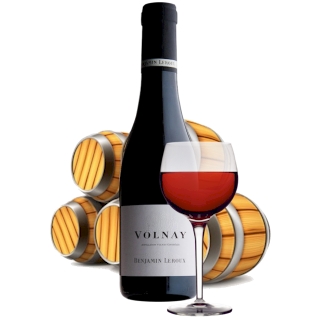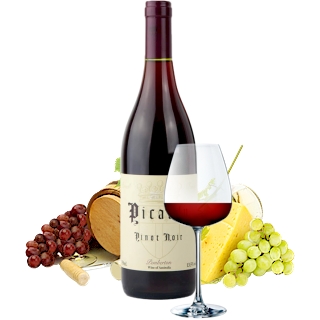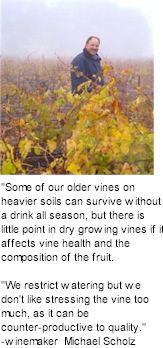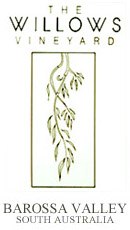


Like the other settlers, Johann established a mixed farm of sheep, cows, crops and fruit trees as well as a few grape vines along the alluvial banks of the Para River. This northern Barossa location is distinguished by its cooling gully breezes during vintage, providing slow ripening and a clearer expression of berry and spice flavours in red wines and lifted varietal fruit characters in whites.

Johann had also spent most of his early career as a bone-setter in the Prussian Army and it was his healing hands which were in demand, as the early settlers had to contend with the daily bumps, breaks and bruises of their harsh environment.
In 1914, when World War I broke out against Germany, fourth generation Herbert Bernard left for the United States rather than be interned. Here he learned the new science of physiotherapy at famous spas such as the Chicago Steam Baths. Herbert's fame grew during the 1940s, particularly during the post-War polio epidemic, when he gave many locals a new life by rejecting the traditional medical prescription of bed rest and advocating exercise instead.
Bert graduated in 1954 and practised in Victoria and at Loxton in the Riverland before returning to Angaston in the mid 1970s. He wisely maintained the Shiraz and Semillon vines, now the backbone of some of The Willows most popular wines, but replaced the old Pedro and Doradillo grapes, which had been used for brandy production.

In their place went more Shiraz, plus Cabernet, Grenache, Mataro, Riesling and Muscadelle. He even showed a progressive streak by planting Pinot Noir, which still remains today.
Unfortunately Bert's enthusiasm about grapegrowing coincided with the industry's worst downturn. In the late 1970s the red wine boom became the red wine glut and Bert sought a better price for his grapes by transferring his contract from the Kaiser Stuhl Cooperative to Saltram, where an old family friend, Peter Lehmann was chief winemaker.
Although winery owner, Dalgety refused to take the grapes in the vintage of 1977, Peter honoured his contracts and started his own winery, with Bert Scholz one of his loyal growers. Not surprisingly, Bert's son Peter took his first winemaking job with Peter Lehmann at Saltram in 1979. Here he entered a dynamic environment, working with Andrew Wigan and Charlie Melton and the Baron himself to produce signature styles of Barossa Shiraz and Cabernet, Riesling and Semillon.
In 1987 Peter barrelled his first vintage of Willows Vineyard Shiraz, following it up in 1988 with a Shiraz, a Cabernet, a Semillon and Riesling.

























